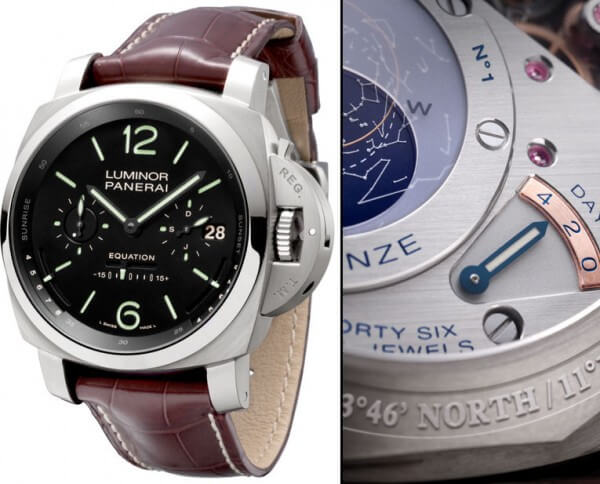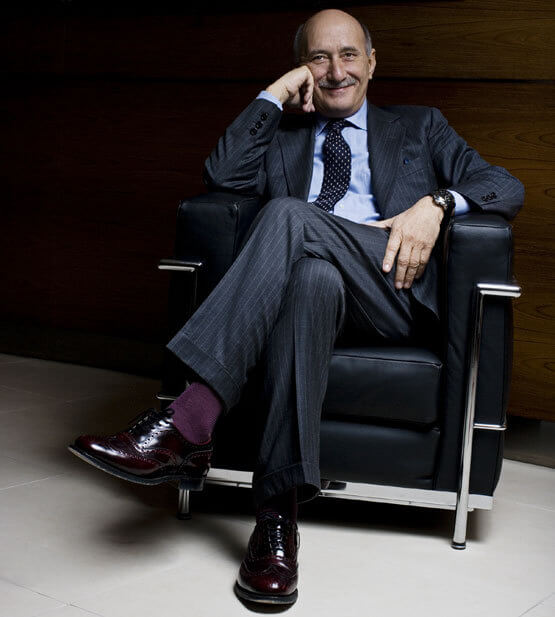To say that Panerai likes to propose its watches in small quantities is something of an understatement. Look no further than the models it unveiled at the recent Salon International de la Haute Horlogerie in Geneva, which included several “Special Editions” in limited numbers: every Luminor 1950 Equation of Time Tourbillon L’Astronomo will be unique, personalised to the customer’s wishes; there will be just 30 of the Radiomir Tourbillon GMT Lo Scienziato; the Mare Nostrum is limited to 99 pieces, and the Radiomir Composite Marina Militare extends to 1,500. Furthermore, annual production of models in Panerai’s “standard” range is also limited. For example, there will be five hundred Radiomir Oro Rosa watches each year, and the same number each of the Radiomir 10 Giorni GMT and the Luminor 1950 10 Giorni GMT Ceramic.

Keep within the limits
“Limiting production isn’t the same as a limited edition,” notes Angelo Bonati, Chief Executive of Panerai. “In our case, if we propose, for example, 99 of our Mare Nostrum, it’s because that’s how many movements we have at our disposal. Obviously limited editions are of value to collectors, far more in fact than the new models we have launched, insofar as we respect quantities. It’s a strategy we have and, while it may mean lower revenues, our products take on an aspirational value. This has to be a serious, considered approach. Limited editions lose all meaning and value when produced in abundance.”
In a similar vein, Panerai has no intention of spreading itself across a vast distribution network. “Again, we aim for selectivity by working with professionals in the field. This has led us to work with just 500 points of sale worldwide, and open 20 Panerai stores where we can convey our values and image. One of the last stores we opened was in New York in 2009, when the watch sector was in the midst of crisis, and we’re extremely satisfied with business there. Our policy to keep the brand sufficiently in the public eye without excess goes hand-in-hand with our determination to propose rare and exclusive products.”
Panerai, a mono-product brand
For Angelo Bonati, Panerai’s ultimate objective is to assert itself as a high-end brand with its own coherency. “It’s a question of simplicity and authenticity. This is how we can deliver our message and values, which are those of a family business, established in Florence. Panerai had no watchmaking heritage but still produced watches. Our job has been to build a recognisable brand with watchmaking content, in particular by producing our own calibres. When a company is making products that inspire dreams and passion, it must know how to keep these emotions alive. I can’t say it often enough. This is what helped us weather the crisis. Panerai is virtually a single product brand, with its Radiomir and Luminor models. We stayed true to our identity, kept the same communication so as not to miss out on customers, and never lowered our prices so as not to jeopardise quality. In a word, Panerai has come through the crisis unchanged!”





















